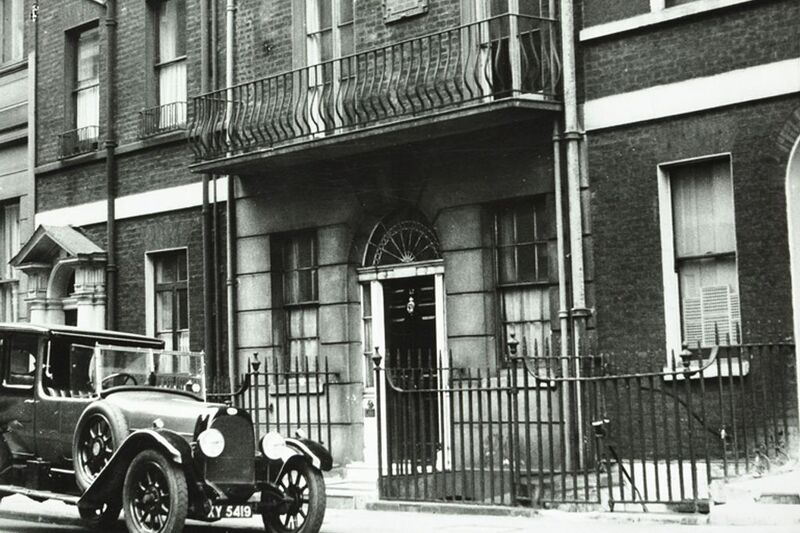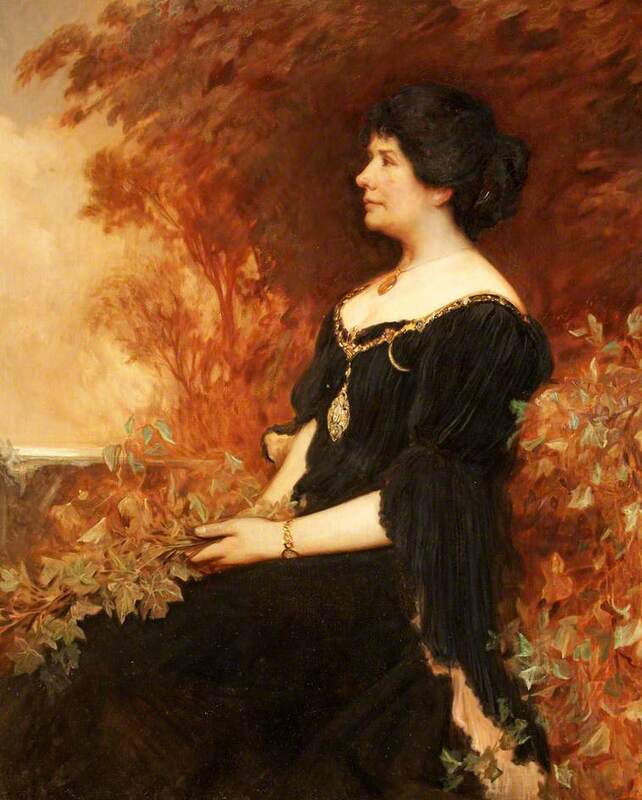Nightingale and Green
The two letters exhibited here were written later in Florence Nightingale’s life, after her renowned work during the Crimean War and her leadership at the Nightingale School at St. Thomas’ Hospital. At this stage, she often took on the role of a trusted mentor, offering counsel and encouragement to friends and colleagues. Alice Stopford Green was among those with whom she corresponded, as were Mr. and Mrs. George Joseph Evatt, MD. At the time, Nightingale was living between Claydon House in Buckinghamshire and 10 South Street in London, while Green resided at 14 Kensington Square, London.
Born in County Meath, Alice Stopford Green (1847-1929) was a historian, political thinker, and one of the first women in the Irish Senate. Though she began her career alongside her husband, historian John Richard Green, she soon made her own mark. Her books challenged British portrayals of Irish history, highlighting the complexity and achievements of Gaelic civilization. A passionate supporter of Irish independence and cultural revival, she helped fund the Howth gun-running and played a key role in public life during Ireland’s transition to self-rule. Through her scholarship and activism, Green reframed Ireland’s past—and helped shape its future.


